Home>Garden Essentials>How Late Can I Plant Grass Seed
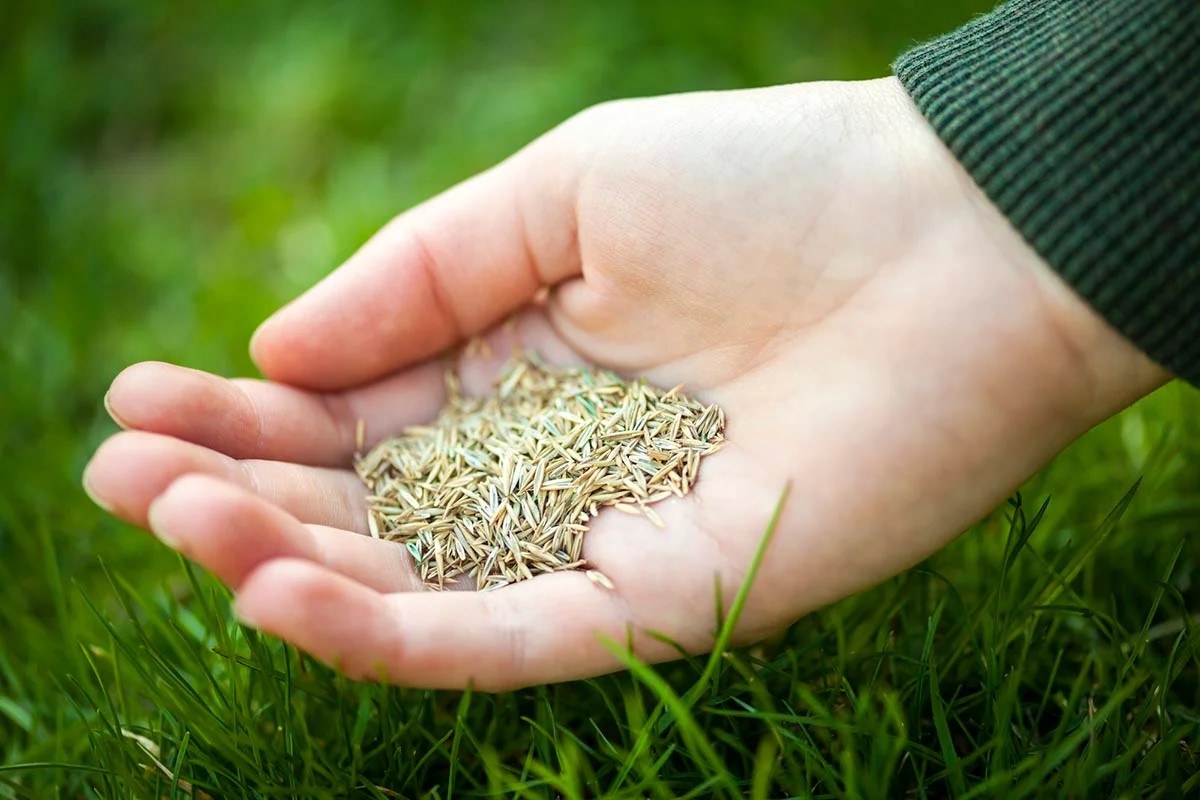

Garden Essentials
How Late Can I Plant Grass Seed
Modified: April 1, 2024
Discover the best time to plant grass seed in your garden and learn how late can you actually plant it for a lush green lawn.
(Many of the links in this article redirect to a specific reviewed product. Your purchase of these products through affiliate links helps to generate commission for Storables.com, at no extra cost. Learn more)
Introduction
Planting grass seed is an essential task for achieving a lush, green lawn. However, sometimes life gets in the way or unexpected circumstances arise, causing us to miss the ideal window for planting. But don’t worry! While it’s true that early spring and fall are the best times to sow grass seed, you can still achieve success by planting later in the season.
In this article, we will explore the factors to consider when planting grass seed late, discuss the ideal timing for late planting, and provide techniques, tips, and common mistakes to avoid for a successful late planting of grass seed. So, let’s dive in and discover how late you can actually plant grass seed!
Key Takeaways:
- Late-season planting of grass seed is possible, but timing is crucial. Fall is the best season, and choosing the right grass seed varieties and employing proper techniques can lead to successful late planting.
- Avoid common mistakes such as planting too late, not preparing the soil, and over or under-watering. Consistent care, patience, and attention to detail can lead to a beautiful and thriving lawn even with late-season grass seed planting.
Read more: How Late In The Year To Plant Grass
Factors to consider when planting grass seed late
When planting grass seed late in the season, there are several factors to consider to ensure the best chance for successful germination and establishment. Let’s take a look at some of these important factors:
- Temperature: The temperature plays a crucial role in the germination and growth of grass seed. Cool-season grasses, such as Kentucky bluegrass and fescue, prefer temperatures between 60°F and 75°F for optimal growth. Planting seed too late in the season, when temperatures drop significantly, can hinder germination and establishment.
- Soil moisture: Moisture is another vital factor for grass seed germination. Late-season planting may pose challenges as the soil tends to dry out faster due to increased evaporation rates. It is crucial to keep the soil consistently moist but not waterlogged to support seed germination and establishment.
- Daylight hours: Reduced daylight hours in late summer or early fall can affect the growth rate of newly-planted grass seed. However, this can be compensated for by adjusting watering schedules and using appropriate fertilizers to promote healthy growth.
- Weed competition: Late-season planting can give weeds a head start. Weeds compete with grass seed for nutrients, water, and sunlight, which can hinder the establishment of your desired grass. It’s important to properly prepare the soil and consider pre-emergent weed control methods to minimize weed competition.
- Frost: Late-season planting may expose grass seedlings to frost damage. Frost can harm tender seedlings, impairing their growth and survival. Checking the frost dates in your region and planning accordingly can help minimize the risk of frost damage to newly-planted grass seed.
By taking these factors into account, you can make informed decisions and implement strategies to optimize your late-season grass seed planting. Now that we understand the factors, let’s explore the ideal timing for planting grass seed late.
Ideal timing for planting grass seed
While it’s true that the ideal time to plant grass seed is in early spring or fall, there is still a window of opportunity for late-season planting. The specific timing can vary depending on your location and the type of grass seed you are planting. Here are some guidelines to help you determine the ideal timing for planting grass seed late:
1. Fall Planting: Late summer to early fall is generally the best time for late-season grass seed planting. This timeframe allows the seed to germinate and establish before the onset of harsh winter conditions. Aim to complete your grass seed planting at least six to eight weeks before the first expected frost in your region.
2. Soil Temperature: Monitor the soil temperature, as it plays a significant role in grass seed germination. Cool-season grasses prefer soil temperatures between 50°F and 65°F for optimal growth. If the soil temperature remains within this range during late summer or early fall, it’s a good indication that you can proceed with your late-season planting.
3. Moisture: Late-season planting benefits from the cooler, damper weather conditions that typically occur during fall. Adequate moisture is essential for grass seed germination. If you are experiencing dry weather, consider using a sprinkler system or manually watering the area to ensure consistent soil moisture.
4. Grass Seed Type: Different grass seed varieties have different germination and growth rates. Choose grass seed varieties that are known for their ability to establish quickly. Kentucky bluegrass, perennial ryegrass, and fine fescue are popular choices for late-season planting due to their rapid establishment capabilities.
5. Microclimate: Take your specific microclimate into consideration when determining the ideal timing for late-season grass seed planting. Factors such as sun exposure, wind patterns, and local climate conditions can impact the success of your grass seed germination and establishment.
By considering these factors and tailoring your planting schedule accordingly, you can maximize the chances of success when planting grass seed late in the season. In the next section, we will explore some techniques to help you achieve successful late planting of grass seed.
Late planting techniques for grass seed
Late-season planting of grass seed requires some additional techniques to compensate for the challenges posed by cooler temperatures and limited time for establishment. Here are some techniques you can employ to increase the chances of success:
- Prepare the soil: Proper soil preparation is essential for any grass seed planting. Start by removing any debris, rocks, or weeds from the area. Loosen the soil using a rake or tiller to a depth of about 4-6 inches. This allows for better seed-to-soil contact and helps with moisture retention.
- Overseed existing grass: Late-season planting can be complemented by overseeding existing grass. Overseeding involves spreading grass seed over an established lawn to fill in thin spots and promote overall lawn health. The existing grass provides some protection and support to the newly planted seed.
- Use a starter fertilizer: Applying a starter fertilizer high in phosphorus at the time of planting can help boost seedling establishment. Phosphorus aids in root development and overall plant growth. Follow the recommended application rates on the fertilizer packaging.
- Water consistently: Adequate moisture is crucial for grass seed germination and establishment. Water the newly planted seed consistently, keeping the soil consistently moist but not waterlogged. Light and frequent watering is more effective than infrequent heavy watering, as it prevents soil erosion and promotes better absorption.
- Mulch the area: Applying a thin layer of straw or mulch over the newly planted grass seed helps retain moisture, prevent soil erosion, and protect the seeds from harsh weather conditions. Be cautious not to apply a thick layer that can smother the seedlings.
- Maintain mowing height: Once the grass seed starts to germinate and establish, adjust your mower height to a higher setting. This allows the grass to grow stronger and promotes a healthier root system. Avoid mowing too short, as it can stress the young seedlings and hinder their growth.
- Monitor weed growth: Keep a close eye on weed growth during the late-season planting period. Weeds can compete with the grass seed for resources and hinder germination and establishment. Manually remove any visible weeds or consider using a selective herbicide specifically labeled for use with newly planted grass.
By employing these techniques, you can give your late-planted grass seed the best chance of success. However, it’s also essential to choose the right grass seed varieties suitable for late-season planting. Let’s explore some of the best grass seed varieties for late planting.
You can plant grass seed until about 45 days before the first expected frost. This gives the seeds enough time to establish before winter. Keep in mind that the specific timing may vary depending on your location and climate.
Best grass seed varieties for late planting
When it comes to late-season planting of grass seed, it’s important to choose varieties known for their quick establishment and ability to thrive in cooler temperatures. Here are some of the best grass seed varieties for late planting:
- Kentucky Bluegrass (Poa pratensis): Kentucky bluegrass is a popular choice for lawns due to its dense, lush growth and ability to withstand heavy foot traffic. It has good cold tolerance, making it suitable for late-season planting. It is important to note that Kentucky bluegrass does require ample sunlight for optimal growth.
- Perennial Ryegrass (Lolium perenne): Perennial ryegrass is known for its quick germination and rapid establishment. It has good tolerance to cooler temperatures and is ideal for overseeding existing lawns or creating temporary lawns. Perennial ryegrass also has excellent wear resistance and is often blended with other grass seed varieties for late-season planting.
- Fine Fescue (Festuca spp.): Fine fescues, including creeping red fescue, chewings fescue, and hard fescue, are cool-season grasses that thrive in shaded areas with poor soil conditions. They have good tolerance to cold temperatures and low maintenance requirements, making them suitable for late-season planting. Fine fescues are often used in mixtures with other grass seed varieties.
- Turf-Type Tall Fescue (Festuca arundinacea): Turf-type tall fescue is a versatile grass seed variety that works well for late-season planting. It has good heat and shade tolerance, as well as excellent drought resistance. Turf-type tall fescue establishes quickly and forms a dense, attractive lawn, making it a popular choice in many regions.
- Annual Ryegrass (Lolium multiflorum): While not a typical choice for permanent lawns, annual ryegrass can be used for temporary cover or overseeding during the late season. It germinates quickly and provides green cover until the following spring. However, it is important to note that annual ryegrass will not persist beyond one season.
When selecting grass seed varieties, consider the specific characteristics of your lawn, such as sunlight exposure, soil conditions, and intended use. It’s always a good idea to consult with a local gardening expert or extension office to determine the best grass seed varieties for your region and late-season planting.
Now that we’ve covered the best grass seed varieties, it’s time to explore some valuable tips for successful late planting of grass seed.
Read more: When Is It Too Late To Plant Grass Seed
Tips for successful late planting of grass seed
Late-season planting of grass seed may require some extra care and attention to ensure successful germination and establishment. Here are some valuable tips to increase your chances of success:
- Perform a soil test: Before planting grass seed, it’s beneficial to perform a soil test to determine the nutrient levels and pH of the soil. This information can guide you in making any necessary amendments to create optimal growing conditions for the seed.
- Choose high-quality seed: Invest in high-quality grass seed from a reputable source. Look for seed that is specifically labeled for late-season planting or quick establishment. Ensuring the seed is fresh and free from weed seeds will give you the best chance for success.
- Prepare the seedbed: Take the time to properly prepare the seedbed by removing debris, loosening the soil, and leveling any uneven areas. This will create an ideal environment for the grass seed to germinate and establish.
- Overseed thin areas: If you have thin or bare spots in your lawn, overseeding is a great technique to fill in those areas. Ensure good seed-to-soil contact by gently raking the area and apply the seed evenly. Keep the overseeded area consistently moist until germination occurs.
- Water consistently: Watering is critical for germination and establishment of grass seed. Water the newly planted seed regularly to keep the soil moist, but be careful not to overwater. Aim for light, frequent waterings that penetrate the top inch of soil.
- Mow carefully: Once the grass seed has germinated and established a good root system, it’s time to mow. Set your mower to a higher setting and only remove the top 1/3 of the grass blades. This promotes a healthier and denser lawn.
- Avoid heavy foot traffic: Limit excessive foot traffic on newly planted grass seed to prevent compaction and damage to the delicate seedlings. Consider placing signs or temporary barriers to remind family members and guests to avoid walking on the newly seeded areas.
- Monitor and control weeds: Keep an eye out for weeds that may compete with the newly planted grass seed. Hand-pull or spot treat any weeds that may emerge. Avoid using herbicides that can harm the young grass seedlings.
- Continue maintenance: Late-season planting does not mean the end of lawn care. Continue to follow a proper maintenance routine, including regular watering and fertilizing as needed. This will help the newly established grass grow strong and healthy.
By following these tips, you can increase the likelihood of successful late planting of grass seed and achieve a beautiful, thriving lawn. However, it’s also essential to be aware of common mistakes to avoid when planting grass seed late, which we will cover next.
Common mistakes to avoid when planting grass seed late
When planting grass seed late in the season, it’s important to avoid certain common mistakes that can hinder germination and establishment. Here are some mistakes to be mindful of and avoid:
- Planting too late: Timing is crucial when it comes to late-season planting. Avoid planting grass seed too close to the first expected frost date in your region. Planting too late may not allow enough time for the seed to germinate and establish before winter sets in.
- Not preparing the soil: Proper soil preparation is essential for successful grass seed planting. Failing to prepare the soil by removing debris, loosening it, and leveling the area can result in poor seed-to-soil contact and hinder germination.
- Overwatering or underwatering: Finding the right balance with watering is crucial for successful seed germination. Overwatering can lead to waterlogged soil, which can drown the seedlings, while underwatering can prevent proper germination. Aim for consistent, light watering to keep the soil moist but not saturated.
- Using too much or too little seed: Properly calculating and applying the right amount of grass seed is important. Using too much seed can result in overcrowding and competition among the seedlings, while using too little can result in patchy growth. Follow the recommended seeding rates on the seed packaging.
- Failing to control weeds: Weeds can quickly take over a late-planted lawn if not properly controlled. Preparing the soil and using pre-emergent herbicides can help minimize weed growth. Additionally, hand-pull or spot treat any emerging weeds to prevent them from competing with the grass seedlings.
- Mowing too soon or too short: Resist the temptation to mow the newly sprouted grass seedlings too soon. Allow the grass to grow to a height of at least 3-4 inches before mowing, and avoid cutting more than one-third of the blade height at a time. Mowing too short can stress the young seedlings and hinder their growth.
- Not adjusting fertilization: Late-season planting may warrant adjustments in fertilization. Applying high levels of nitrogen-based fertilizers can promote excessive leaf growth, making the grass more susceptible to winter damage. Choose a balanced fertilizer with lower nitrogen levels to promote healthy root development instead.
- Ignoring weather conditions: Late-season planting is subject to fluctuating weather conditions. Ignoring frost warnings or planting during extreme temperature swings can damage the seedlings. Monitor the weather forecast and adjust your planting schedule accordingly for optimal success.
- Skipping regular maintenance: Late-season planted lawns still require regular maintenance. Skipping proper watering, mowing, and fertilization practices can hinder the growth and health of the grass. Consistency is key in maintaining a thriving lawn.
Avoiding these common mistakes and following the proper techniques and guidelines discussed earlier will greatly improve your chances of success when planting grass seed late in the season. By being mindful and proactive, you can achieve a beautiful and healthy lawn.
Now that we’ve covered all the essential tips and information, it’s time to wrap up this article.
Conclusion
While early spring and fall are considered the optimal times for planting grass seed, it is still possible to achieve success with late-season planting. By considering the factors involved, such as temperature, soil moisture, daylight hours, weed competition, and frost, you can make informed decisions and overcome the challenges of late planting.
Timing is crucial when it comes to late-season planting, with a focus on fall being the most suitable season. Monitoring the soil temperature, ensuring adequate moisture, and choosing the right grass seed varieties will contribute to the success of your late planting efforts. Employing techniques like soil preparation, overseeding, and consistent watering will help the grass seed germinate and establish effectively.
It’s important to avoid common mistakes such as planting too late, not preparing the soil adequately, over or under-watering, using incorrect seeding rates, neglecting to control weeds, mowing too soon or too short, ignoring weather conditions, and skipping regular maintenance. By avoiding these mistakes, you can give your lawn the best chance for success.
Remember that each lawn and region may have specific requirements, so it’s always recommended to consult with local experts and adjust your approach accordingly. With proper care, patience, and attention to detail, you can achieve a beautiful and thriving lawn even with late-season grass seed planting.
So don’t let missed planting opportunities discourage you. Take advantage of the late-season planting window and make the necessary adjustments to ensure the best chances for success. With the right techniques, grass seed varieties, and maintenance practices, you can enjoy a healthy and vibrant lawn that will be the envy of the neighborhood.
Happy late planting!
Frequently Asked Questions about How Late Can I Plant Grass Seed
Was this page helpful?
At Storables.com, we guarantee accurate and reliable information. Our content, validated by Expert Board Contributors, is crafted following stringent Editorial Policies. We're committed to providing you with well-researched, expert-backed insights for all your informational needs.
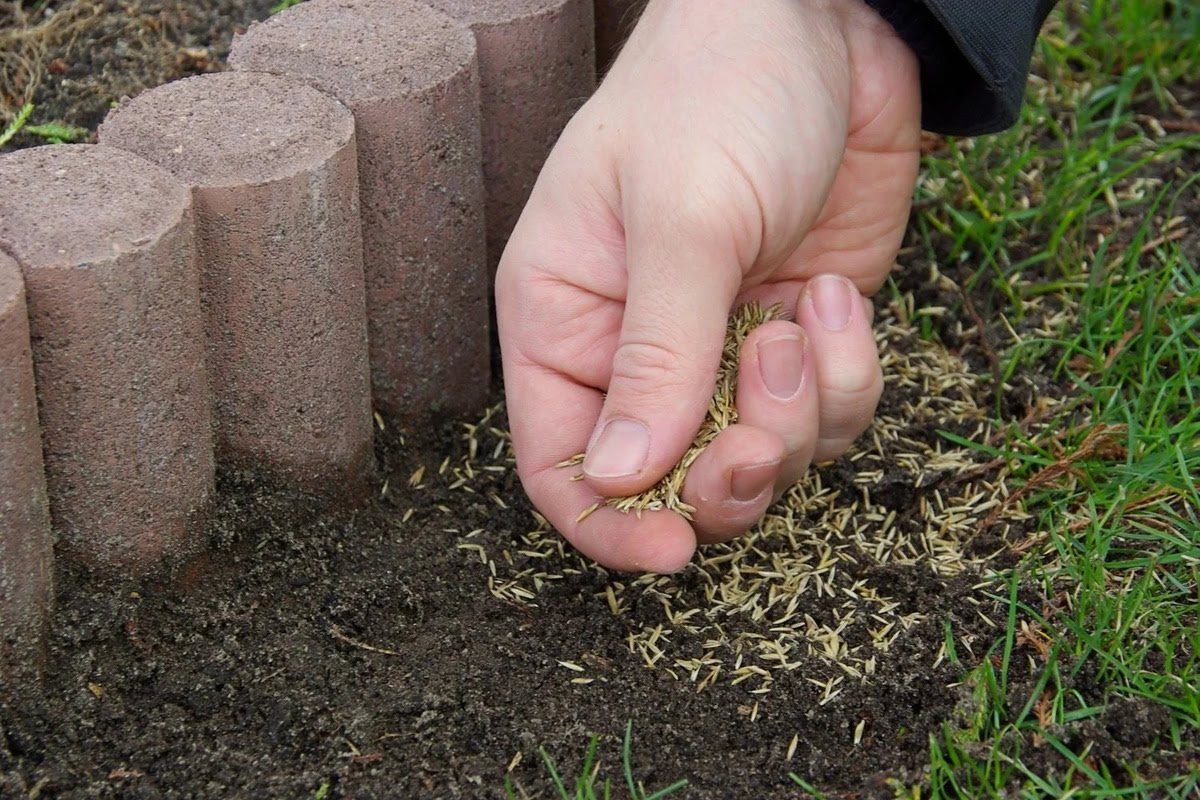
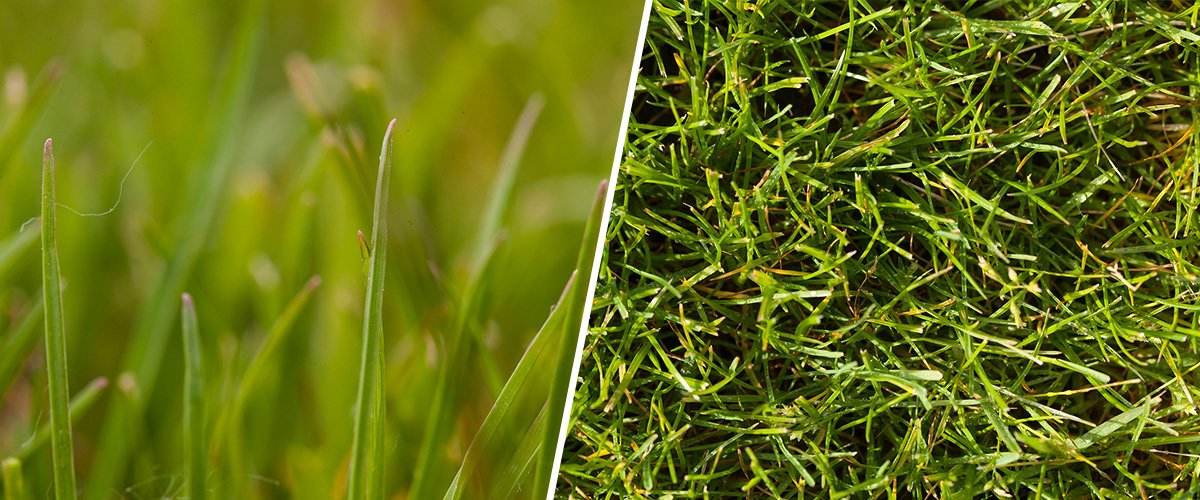
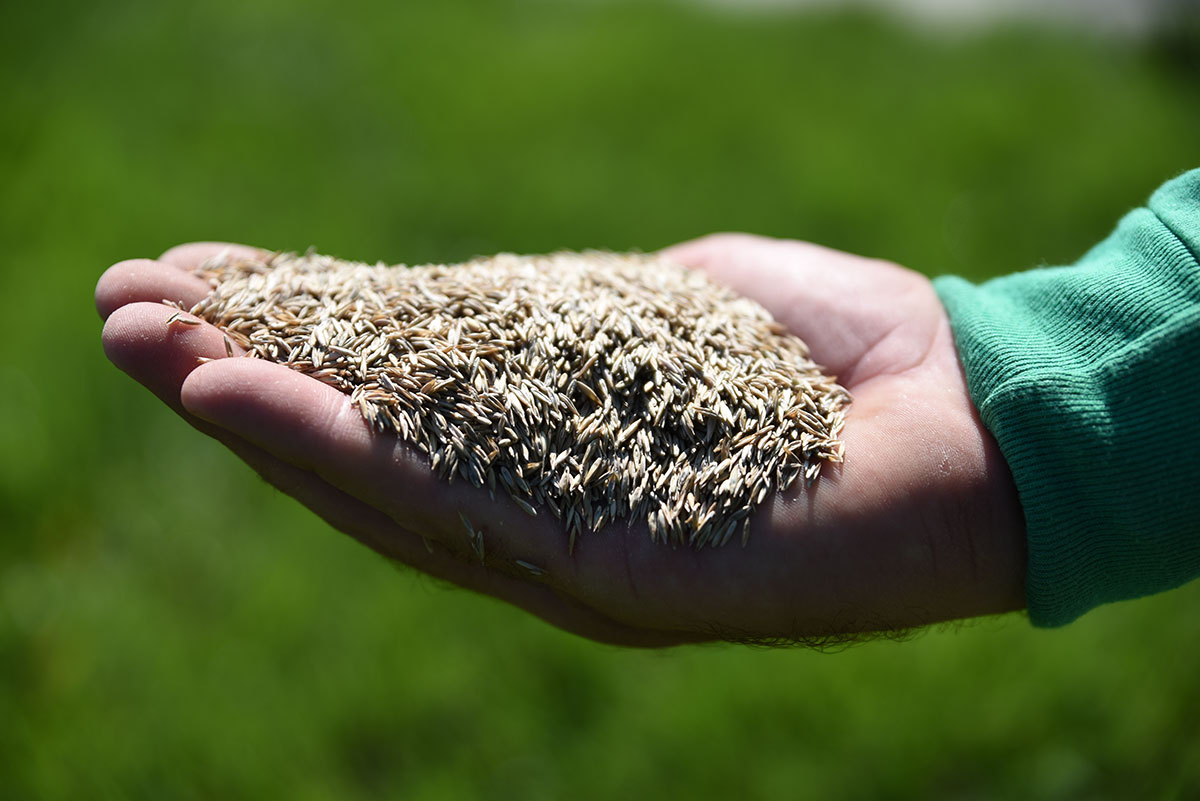
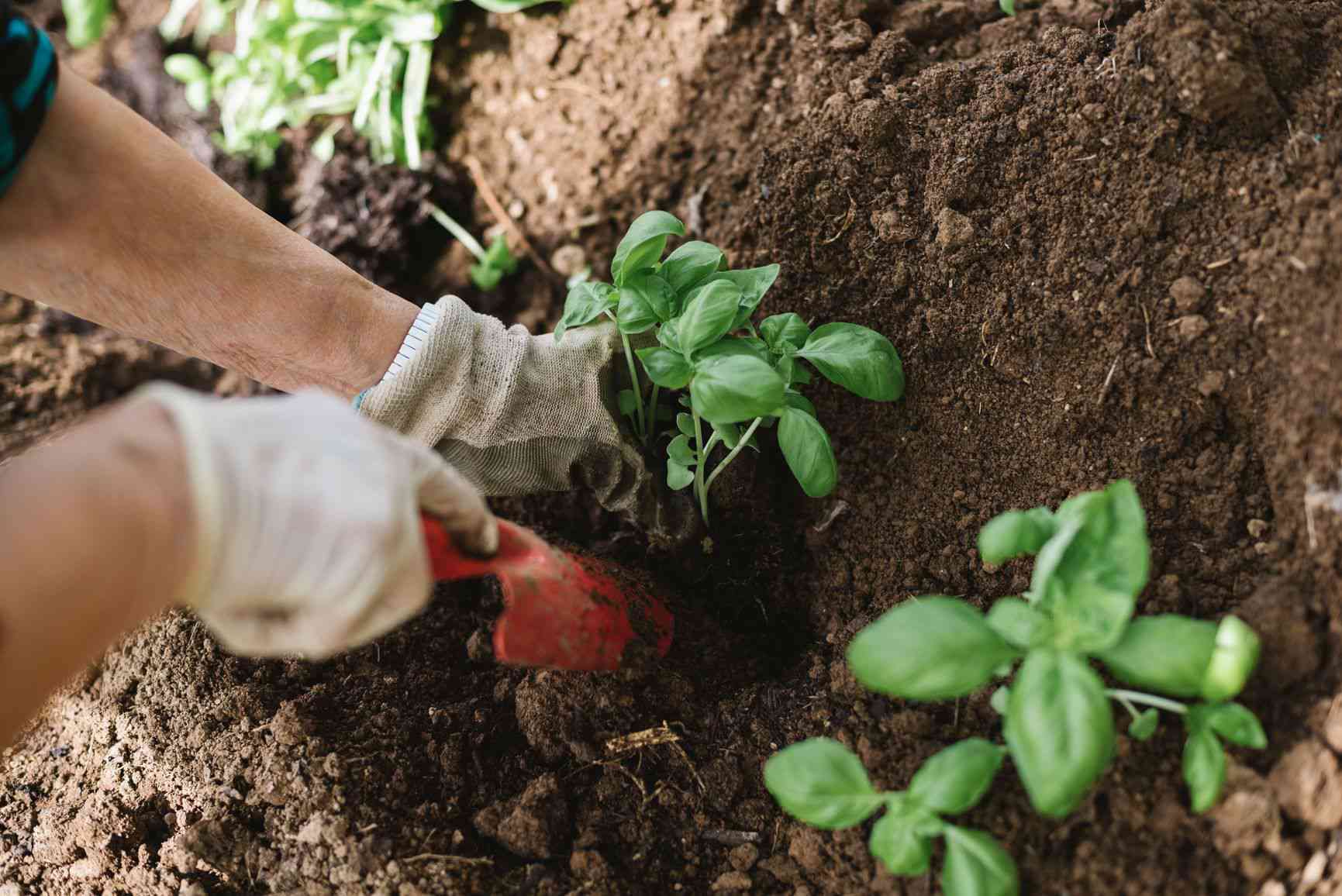
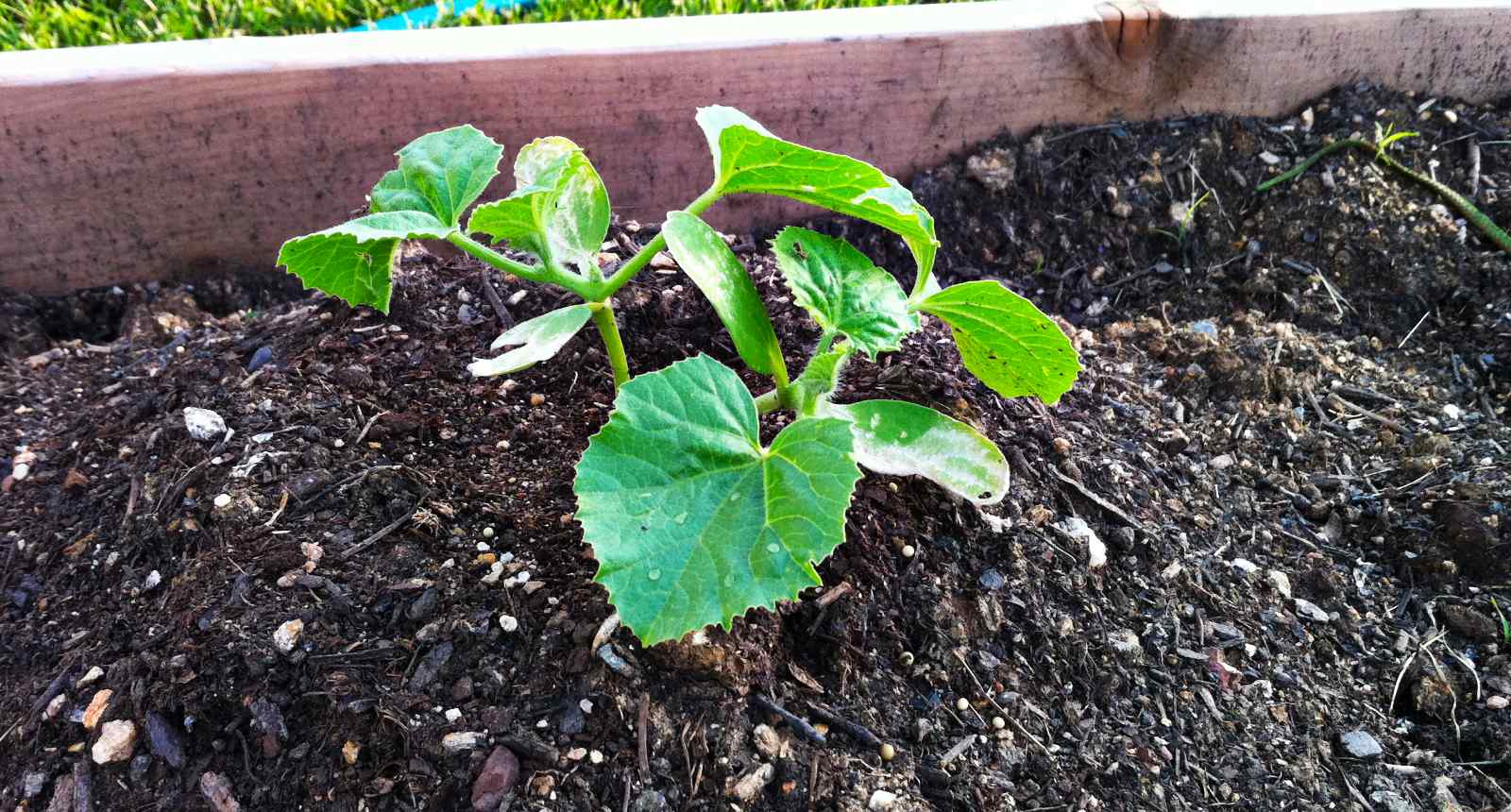
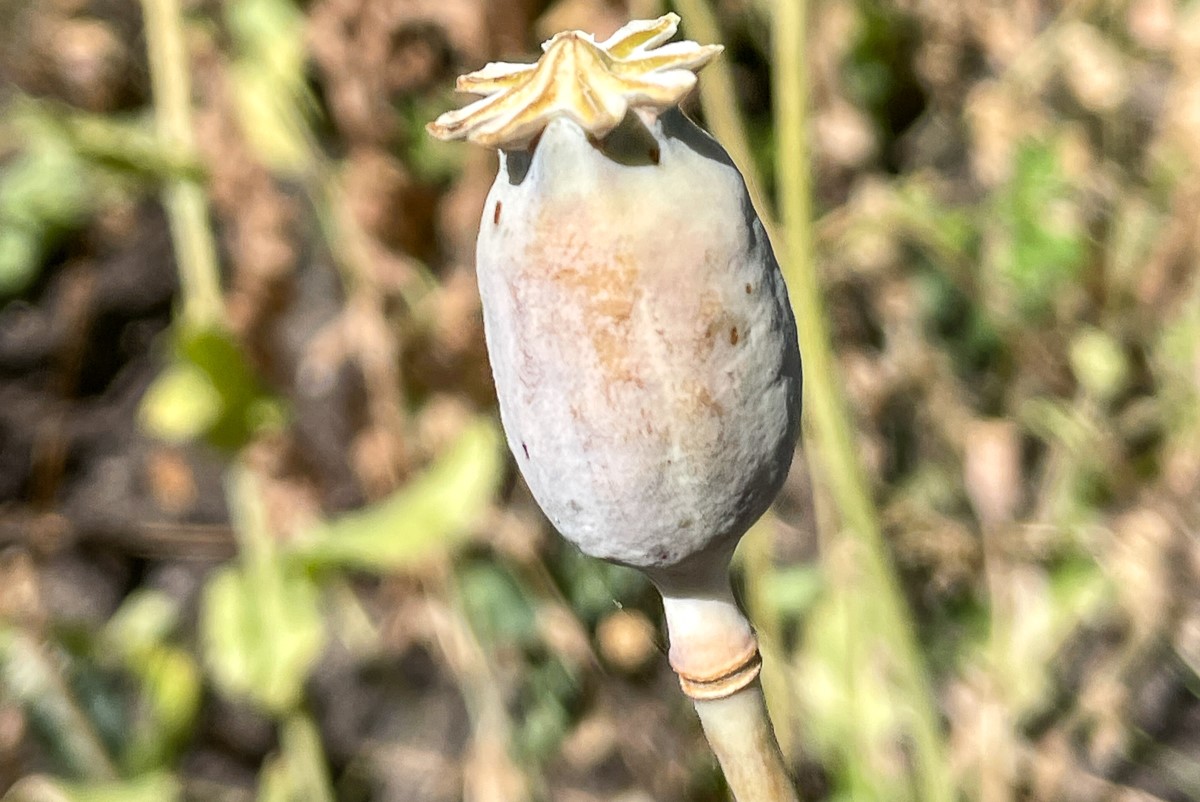


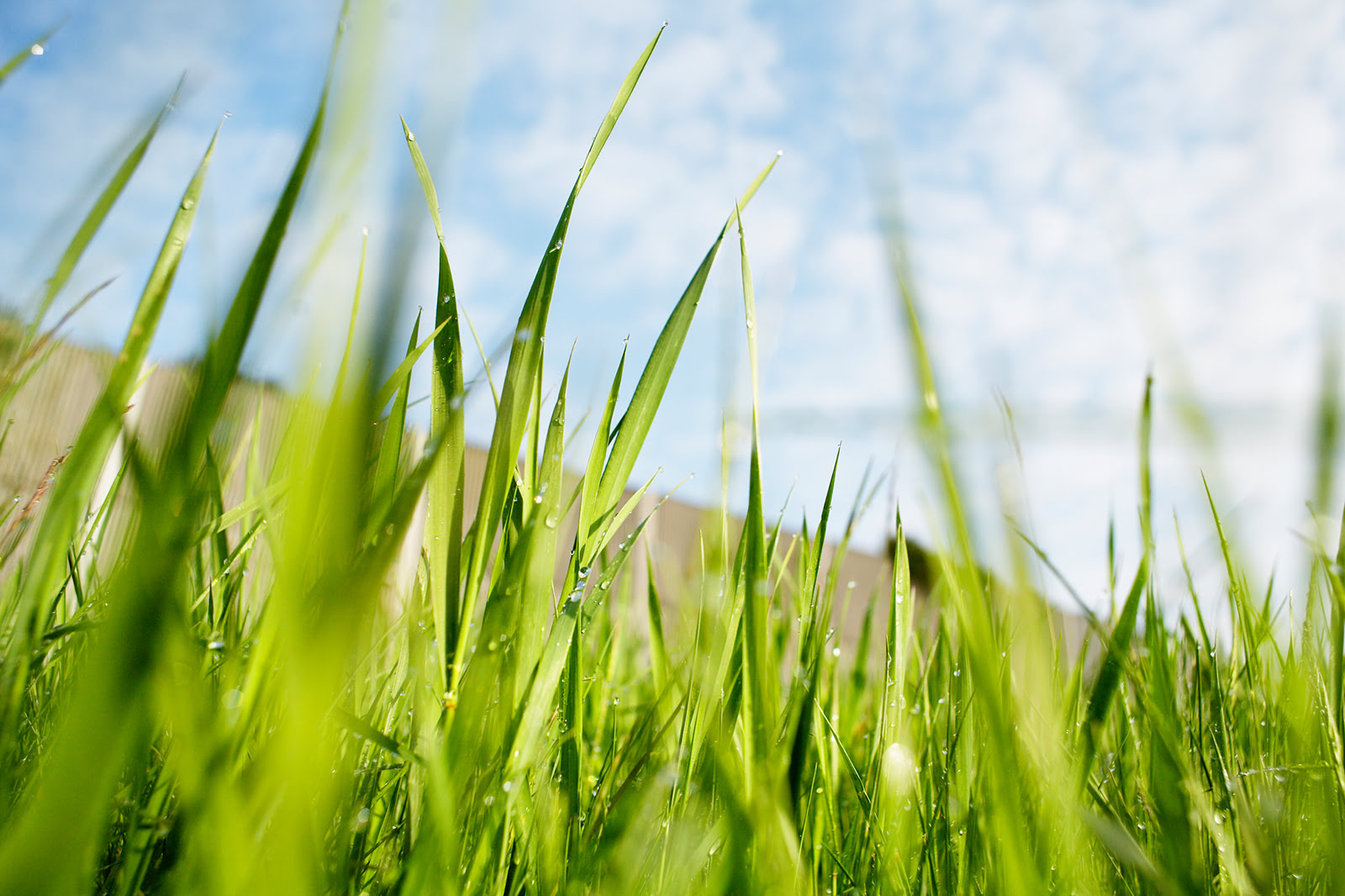
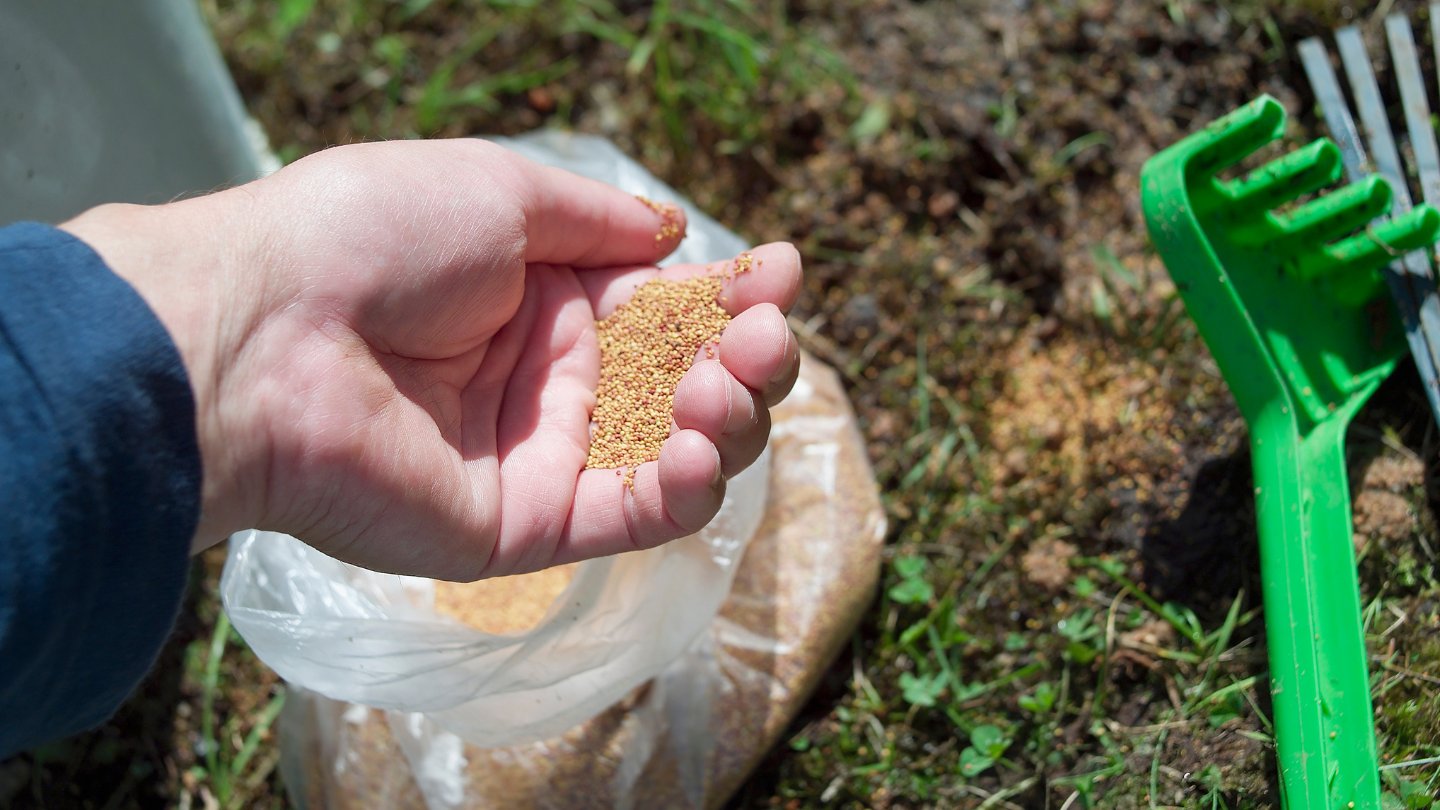
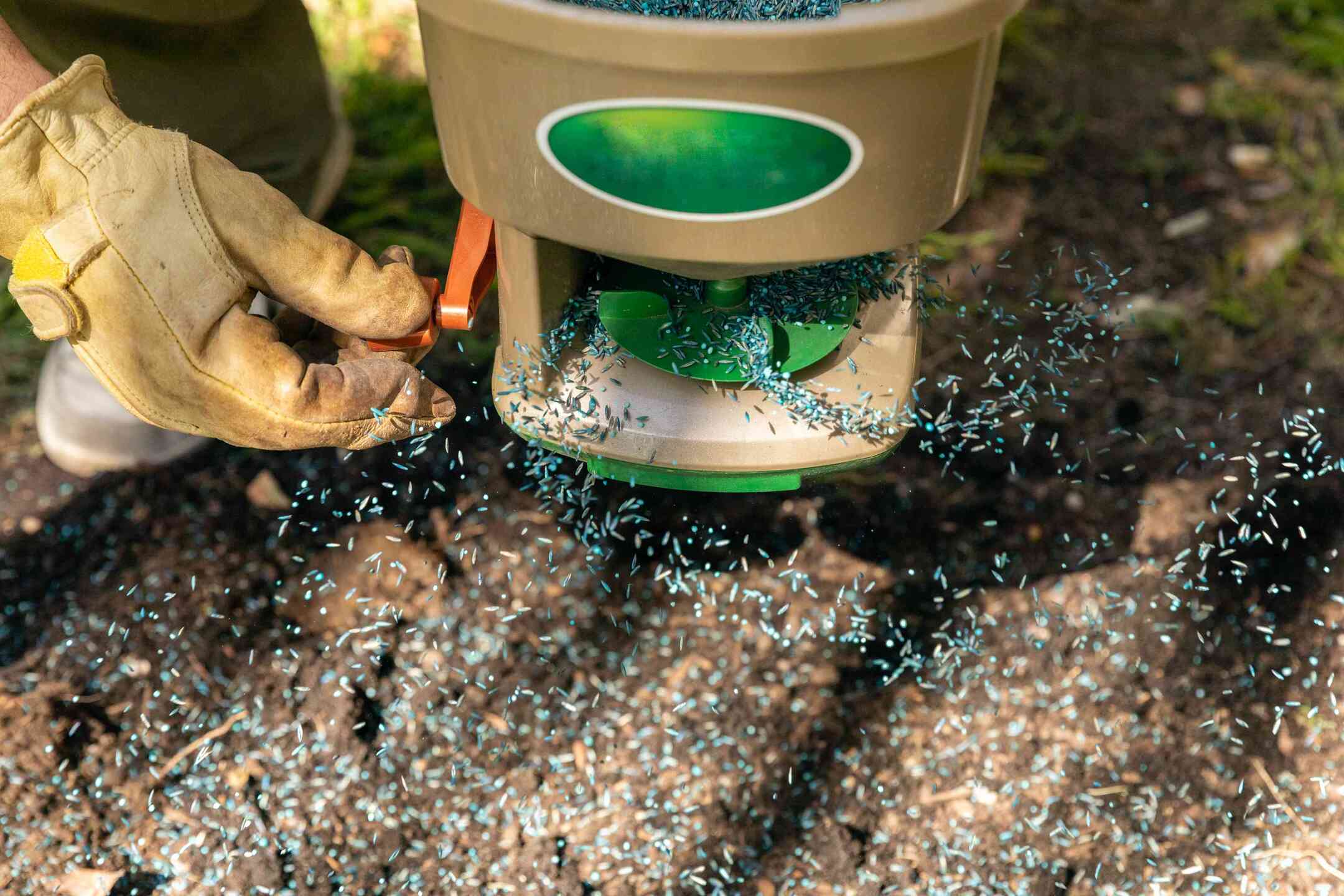
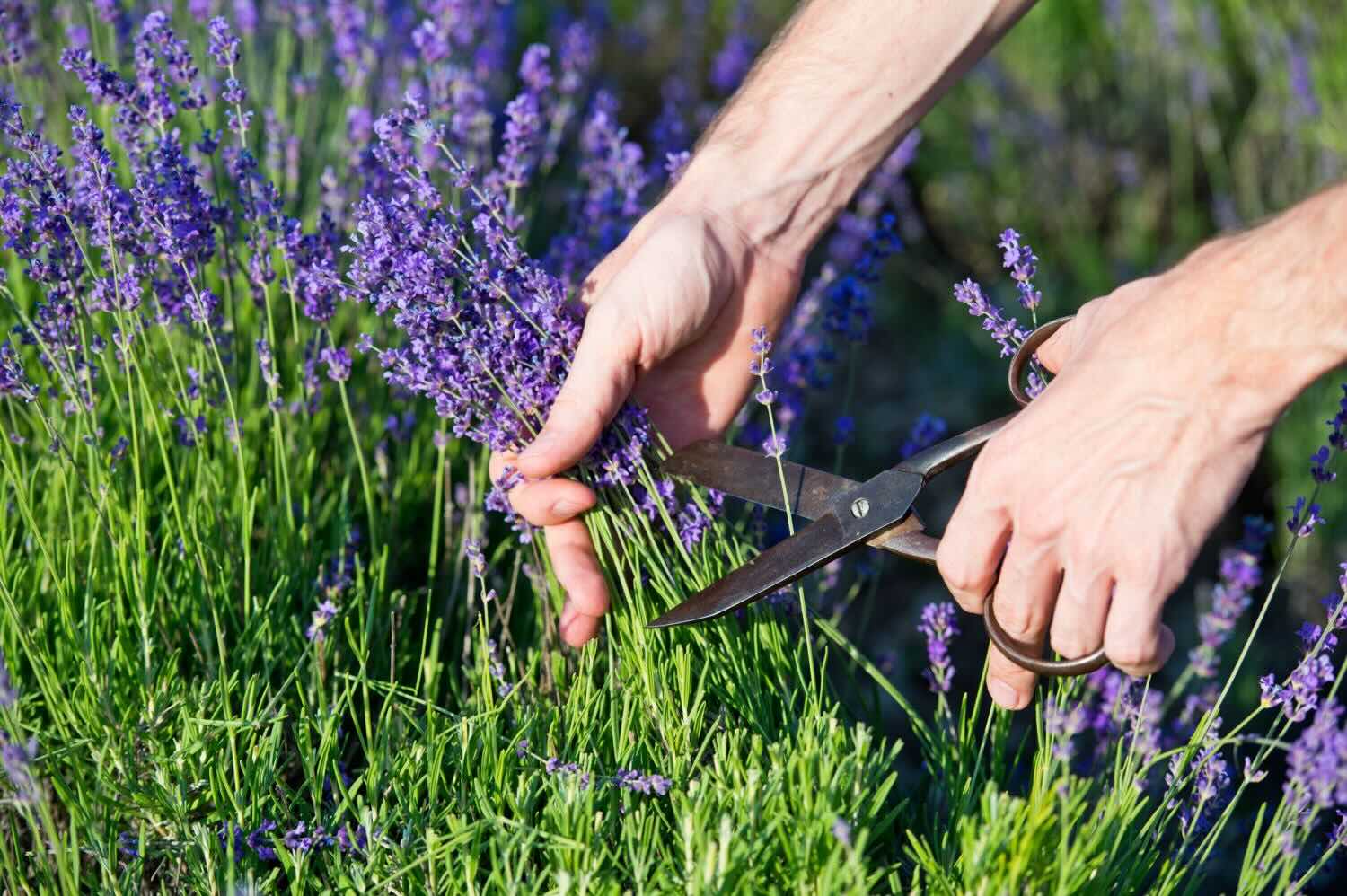
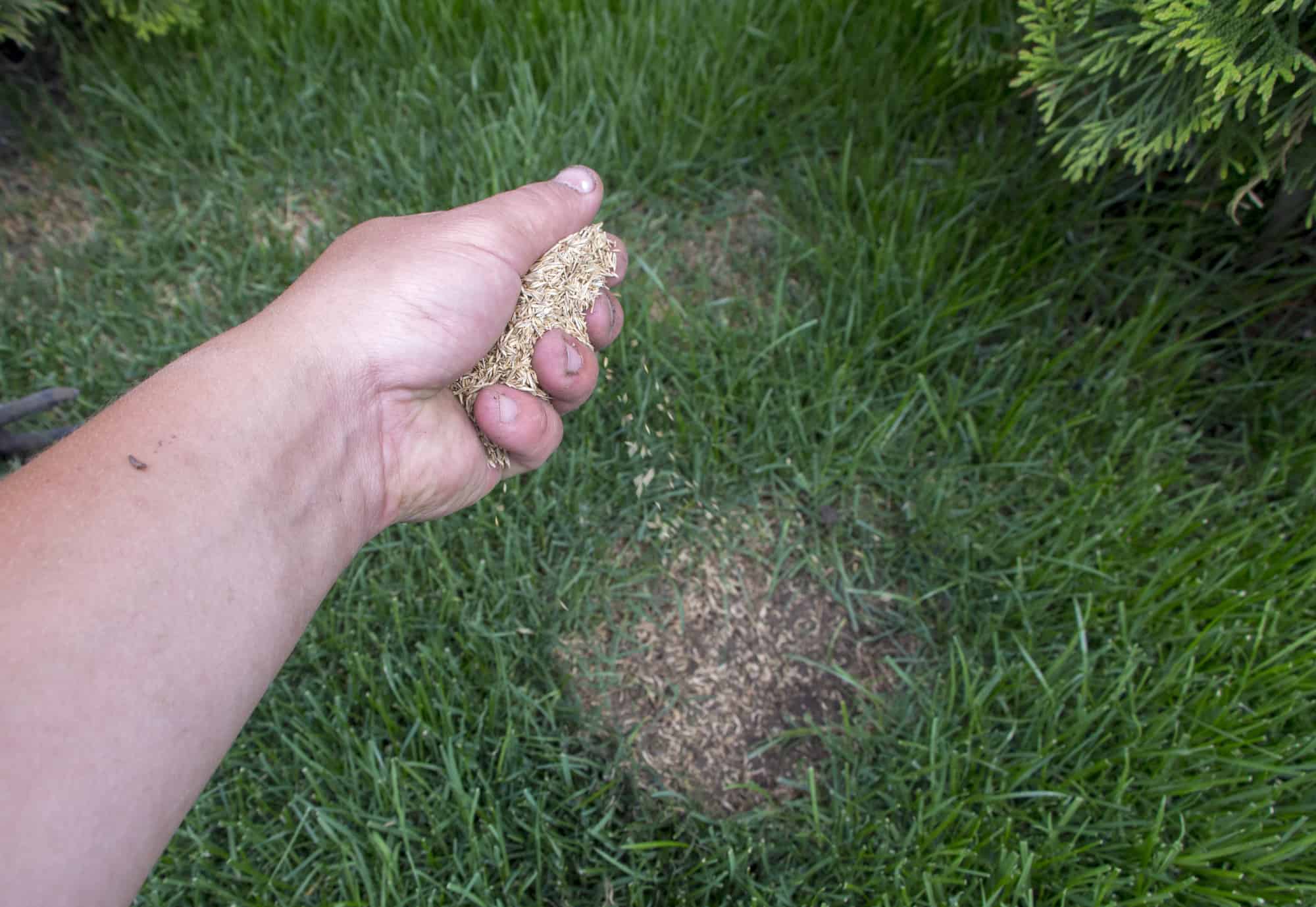
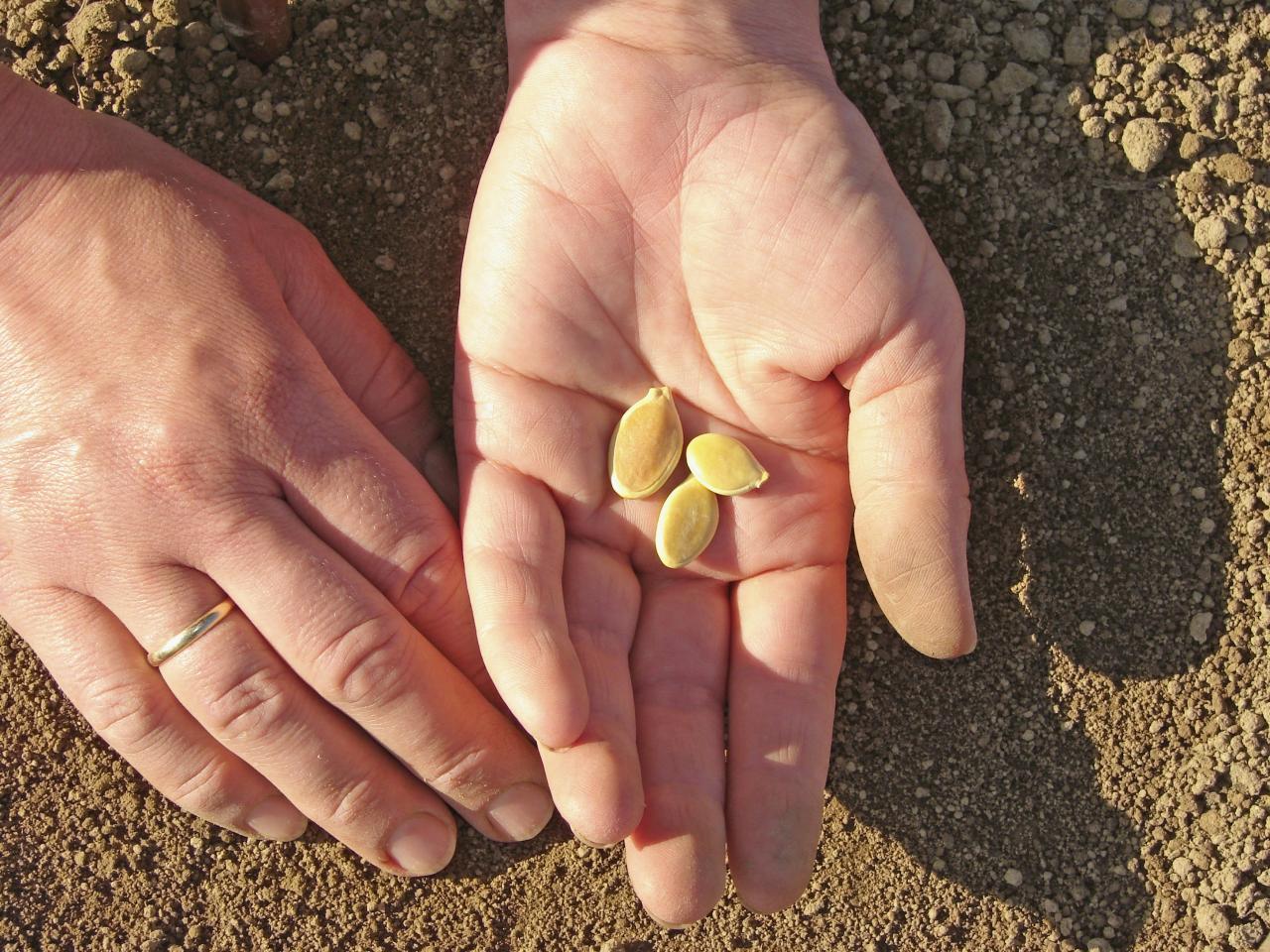

0 thoughts on “How Late Can I Plant Grass Seed”